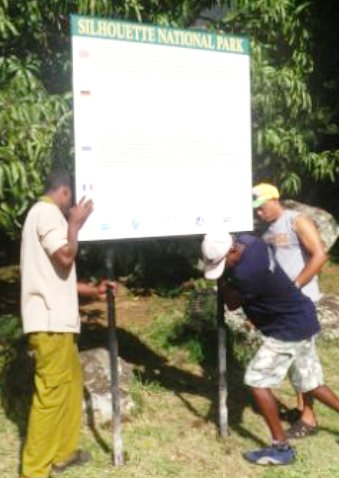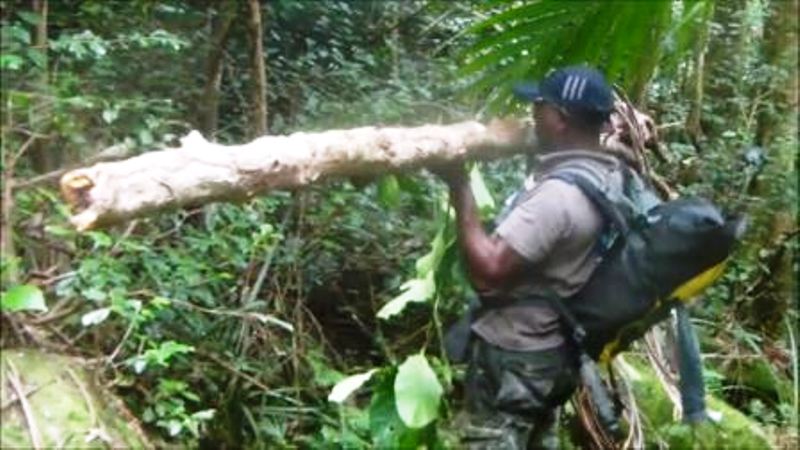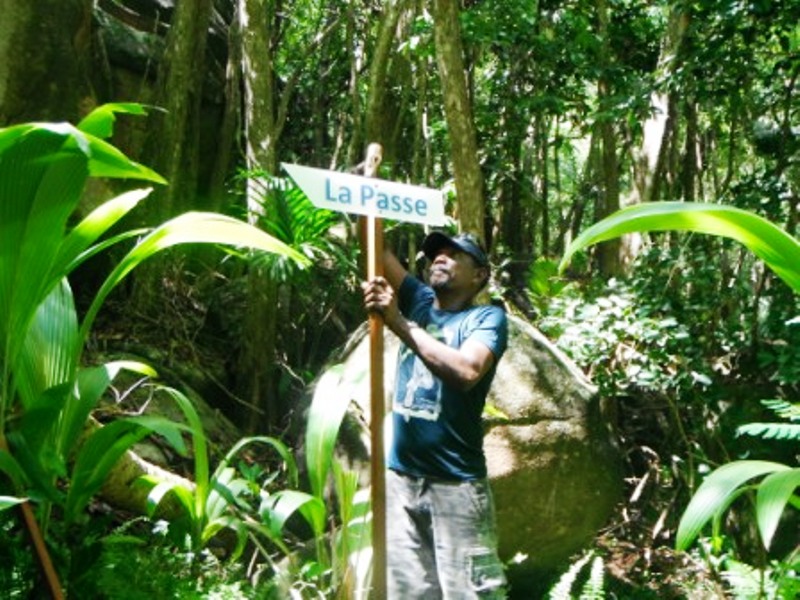A trail runs through it |20 October 2014
Hiking trails present a curious dilemma to conservationists working in protected areas management: on the one hand, trails help people to access raw nature --encounters that are necessary not only for human health and well-being, but also, some have argued, for the protection of wild places themselves, given that people will protect only what they love and such connections are typically born only of direct experience. On the other hand, these same trails fragment wildlife habitat in varying degrees and can lead to wholesale habitat destruction when new, impromptu paths are forged by hikers who are lost or are eager to travel beyond the confines of designated trails, or, in the extreme instance, when walking trails become paved roads.
themselves, given that people will protect only what they love and such connections are typically born only of direct experience. On the other hand, these same trails fragment wildlife habitat in varying degrees and can lead to wholesale habitat destruction when new, impromptu paths are forged by hikers who are lost or are eager to travel beyond the confines of designated trails, or, in the extreme instance, when walking trails become paved roads.
Trail proponents cite the advantage that a trail confers in the event of a forest fire, handily serving as a fire-break and a frontline base from which to enact fire control measures. Trail opponents cite the nefarious interests of poachers, who suddenly have easy access to a full array of flora and fauna.
Proponents claim that people will ultimately set foot anywhere they can and that it is impossible to curb the exploratory instinct, which may as well be indulged, but within established limits. The staunchest of opponents would prefer that human presence be discouraged in all natural areas that are not already heavily modified, since wherever humans travel, we invariably leave trash and other forms of environmental contamination in our wake.
A popular compromise world-wide is to allow for a small degree of independent access to a park or other protected area via limited trail development, with restricted access to its most ecologically sensitive locations. Silhouette National Park features a three-trail network that rewards avid explorers with a prime view of biodiversity, but that skirts the equatorial mist forest and other highly sensitive areas. Maintenance of these trails is an art that requires an acute sense of proportionality: respecting undisturbed ecosystems to the greatest extent possible while carving a path that allows people to move across the land with ease and without injury.
Machetes in hand, Island Conservation Society (ICS) conservation rangers Jean-Claude Camille and Nigel Boniface have struck a perfect balance while revamping Seychelles National Park trails throughout the dry season; judiciously removing obstructions, uprooting invasive plants, and erecting directional signage. Their hard work is readily apparent and encourages visitors to stay on the established paths while enjoying the unique beauty of the island's lush interior.
Increased access leads to increased and cumulative impacts. Please travel responsibly in Silhouette National Park: do not remove plants or animals, do not smoke or light campfires in the park, do not litter, and please stay on the established trails.


Angela Street
Island Conservation Society




